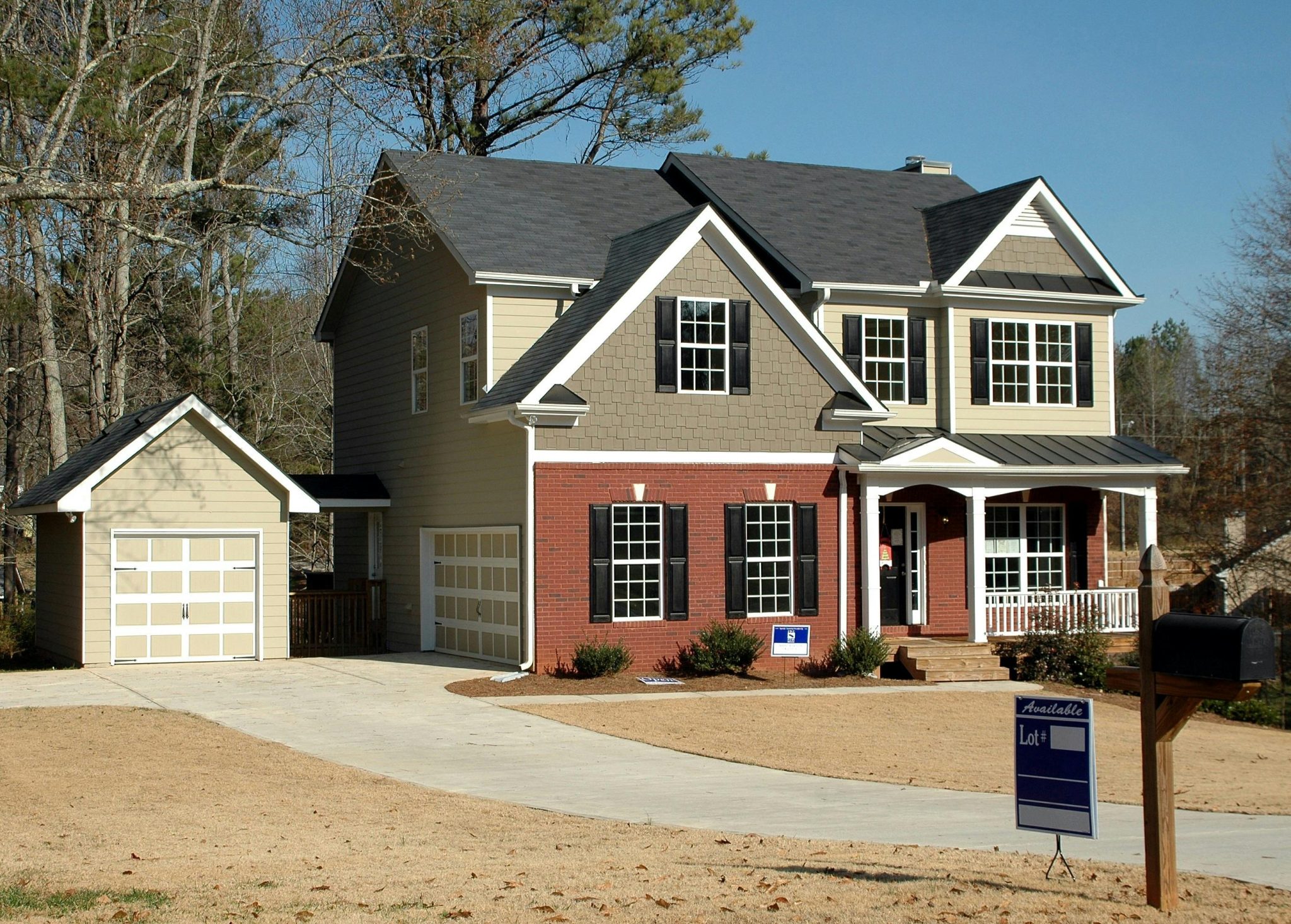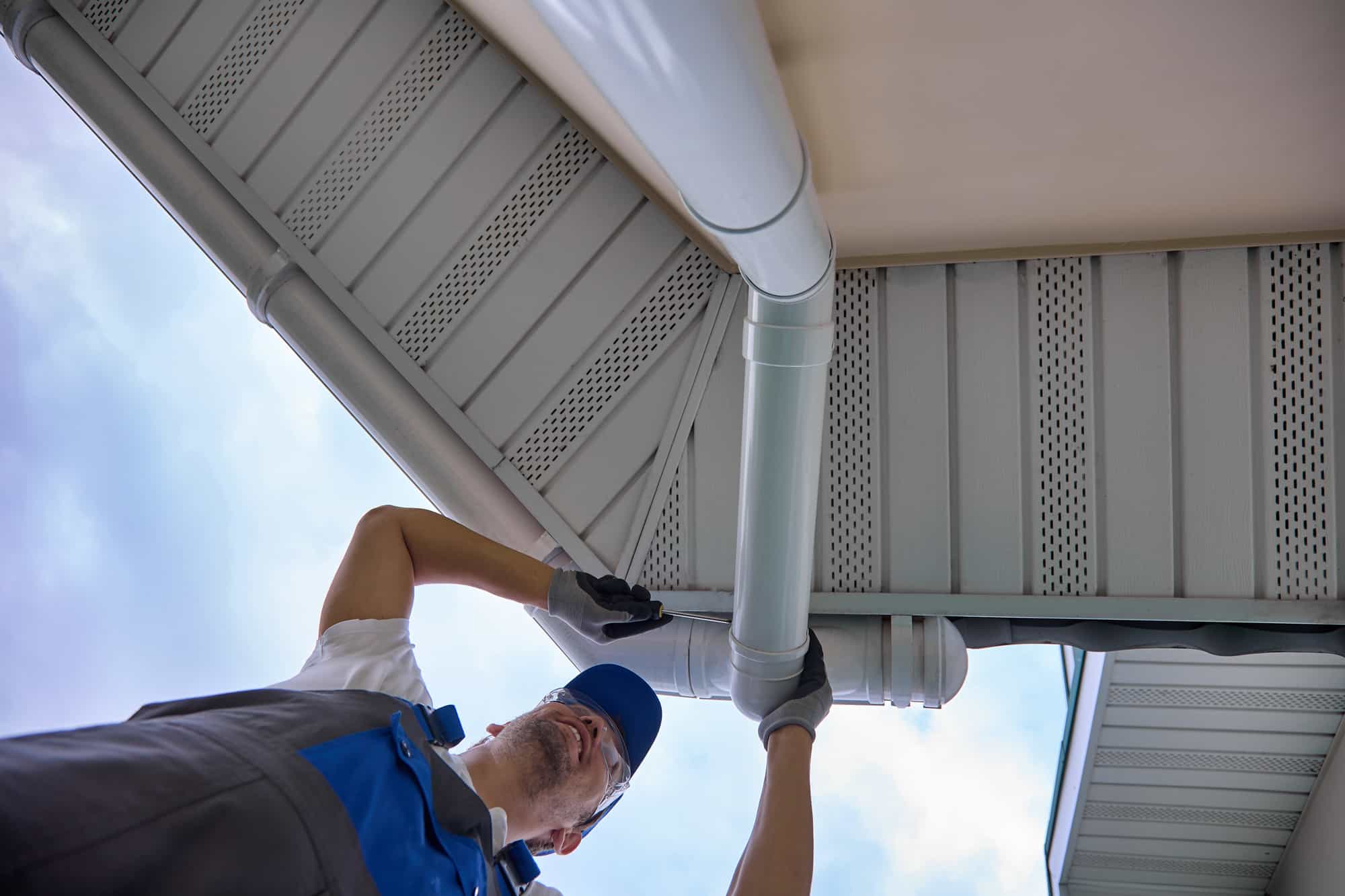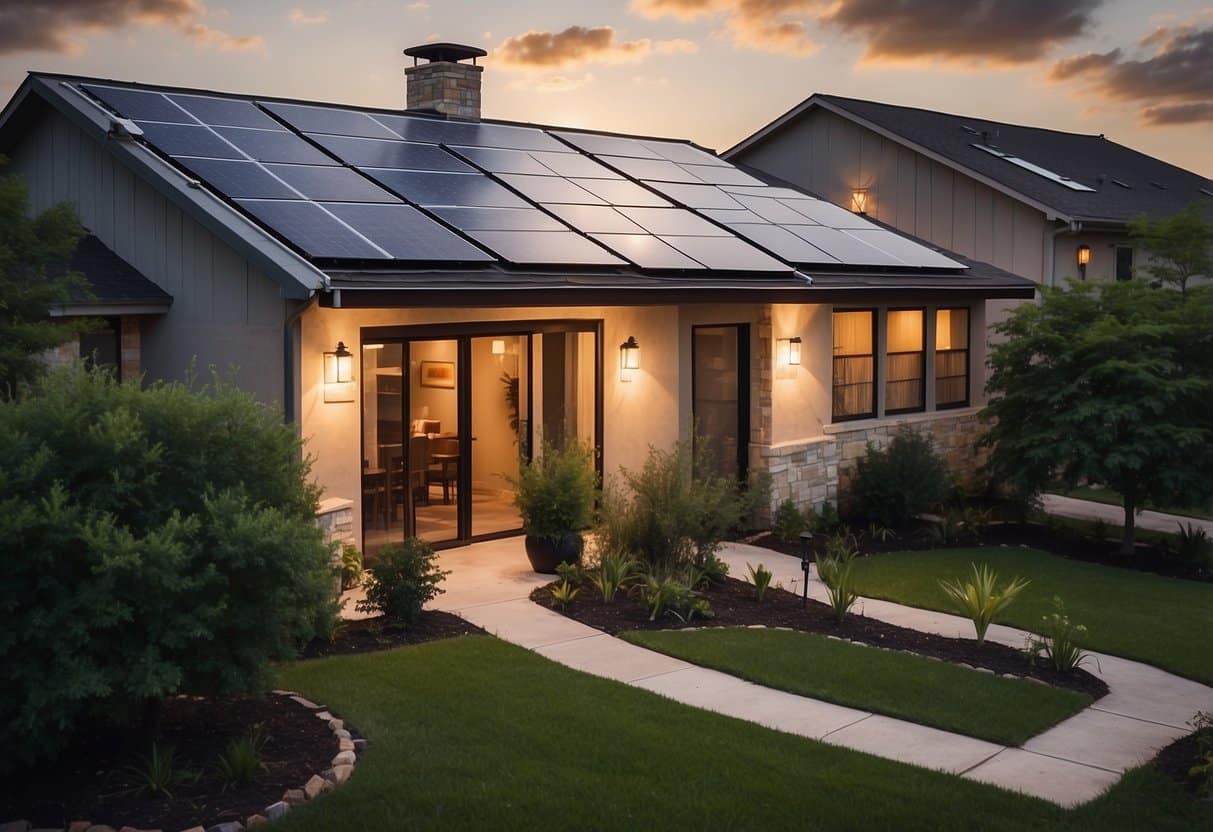The Best Types of Home Insulation
A household can lose up to one-third of its total heat due to poor insulation, thereby increasing the cost of central heating. Insulating your walls, floors, and loft can save you significantly on energy bills and cut your annual CO2 emissions by up to 1.7 tonnes. With energy prices soaring worldwide, enhancing home insulation is a cost-effective and eco-friendly solution that can benefit all homeowners.
Loft and Roof Insulation
Homes can lose up to 26% of their heat through uninsulated roofs. Loft and roof insulation significantly reduces this heat loss and can cut your energy bills. The initial cost for loft insulation is relatively affordable and has a quick payback time of just over three years.
Considerations:
- Loft Purpose: Determine if your loft is for storage or living. This will influence the type and amount of insulation needed. A loft used for living spaces may require higher insulation standards to maintain comfort and meet building regulations.
- Dampness and Ventilation: Address any dampness issues before installing insulation. Ensure proper ventilation to prevent condensation, which can lead to mold growth and structural damage.
Benefits:
- Quick Payback Time: Loft insulation typically has a quick payback time due to the substantial reduction in heating and cooling costs, often paying for itself within a few years.
- Significant Energy Savings: Proper insulation significantly reduces heat loss in winter and heat gain in summer, leading to lower energy bills and a more comfortable living environment.
- Environmental Benefits: By reducing the need for heating and cooling, loft insulation lowers greenhouse gas emissions, contributing to a smaller carbon footprint and a more sustainable home.
Floor Insulation
An average household can lose up to 8% of its heat through uninsulated floors. Floor insulation is an effective way to enhance heat preservation, helping you save on your annual energy bills. Generally, only the ground floor needs insulation, even in multi-story properties.
Types of Floors:
- Concrete Floors: Common in newer homes, concrete floors can be insulated with rigid insulation panels placed on top of the concrete slab. This method is effective in reducing heat loss through the floor and improving overall energy efficiency.
- Suspended Timber Floors: More common in older homes, suspended timber floors can be insulated by placing mineral wool or other insulation materials between the joists. This helps to reduce heat loss and draughts, making the home more comfortable and energy-efficient.
Benefits:
- Cost-effective: Insulating floors is a relatively affordable home improvement that can lead to significant savings on energy bills over time, making it a cost-effective investment.
- Enhances Comfort by Reducing Draughts: Proper floor insulation helps to eliminate cold draughts coming up from uninsulated floors, leading to a more comfortable indoor environment and reducing the need for additional heating.
Wall Insulation
Overview: Inadequate wall insulation can lead to up to 33% of heat loss in a home. Typically, houses have either cavity walls or solid walls as their outer structure. Both types of walls can be insulated to enhance heat retention, resulting in significant annual energy savings.
Types of Wall Insulation:
- Cavity Walls: Typically found in homes built after 1920, cavity walls have a gap or ‘cavity’ between the inner and outer walls. Insulation material is injected into this cavity to improve thermal efficiency. This method is relatively straightforward and effective at reducing heat loss through the walls.
- Solid Walls: Common in homes built before 1920, solid walls do not have a cavity. Insulation can be applied either internally or externally. External wall insulation involves fixing insulation boards to the outside of the walls and then rendering them, which is generally more expensive but less disruptive to the interior of the home. Internal wall insulation involves adding insulation material to the interior walls, which can be less costly but may reduce room size slightly.
Benefits:
- Significant Reduction in Heat Loss: Wall insulation greatly minimizes heat loss through the walls, contributing to a warmer home and reducing the need for heating, which can lower energy bills significantly.
- Increased Property Value: Well-insulated homes are more energy-efficient and comfortable, making them more attractive to potential buyers. This can increase the market value of the property, providing a good return on investment.
Windows and Doors Insulation
Inefficient windows and doors can harm your home’s energy efficiency, accounting for around 18% of heat loss. Double-glazed windows can reduce heat loss by over 30%.
Simple Draught-Proofing Tips:
- Side Panel Gaps: For gaps around the sides of doors and windows, use self-adhesive draught-proofing strips. These strips are easy to install and help to block cold air from entering the home through these small openings.
- Bottom Gap: The gap at the bottom of doors can let in a significant amount of cold air. Installing a brush or a rubber draught excluder strip at the bottom of the door will help to seal this gap effectively.
- Keyhole: Keyholes can also be a source of draughts. Fitting a keyhole cover that slides over the keyhole when it’s not in use can prevent cold air from coming through.
- Letterbox Flap: Letterboxes can be a major draught point. Using a draught-proofing strip around the edges of the letterbox flap, or installing an internal letterbox cover, can help to block cold air from entering.
Benefits:
- Reduced Energy Bills: Draught-proofing can significantly reduce the amount of heat that escapes from your home, leading to lower energy consumption and reduced heating bills.
- Improved Home Comfort: By eliminating cold draughts, your home will feel warmer and more comfortable, especially in the colder months.
- Enhanced Security: Some draught-proofing measures, like keyhole covers and better-sealed doors, can also improve the security of your home by making it harder for intruders to tamper with locks and entry points.
Piping and Water Tank Insulation
Insulating your pipes, radiators, and water tank is an easy and cost-effective way to boost energy efficiency, reducing up to 12% of heat loss and energy bill savings.
Tips:
- Radiators: To maximize the efficiency of your radiators, consider using radiator reflector panels. These panels are placed behind the radiators and help to reflect heat back into the room, rather than allowing it to escape through the walls. This simple addition can make your heating system more effective and reduce energy consumption.
- Water Tank: Fitting a hot water cylinder jacket around your water tank is an effective way to reduce heat loss. These jackets are designed to insulate the tank, keeping the water inside hotter for longer periods. This means your heating system doesn’t have to work as hard to maintain the desired water temperature, leading to energy savings.
- Pipes: Insulating your pipes with polyethylene foam or rubber insulators is a practical step to prevent heat loss. Pipe insulation is especially important for pipes located in unheated areas, such as basements or attics. Insulating these pipes helps to maintain the temperature of the water, reduce energy costs, and prevent pipes from freezing during cold weather.
Benefits:
- Reduced Heat Loss: By implementing these tips, you can significantly reduce the amount of heat that escapes from your home. This means your heating system will use less energy to maintain a comfortable temperature, resulting in lower heating bills.
- Lower Risk of Pipes Freezing: Insulating your pipes not only helps to retain heat but also reduces the risk of pipes freezing during cold weather. Frozen pipes can burst, leading to costly repairs and water damage. Proper insulation helps to protect your home from these potential issues.
Conclusion
Choosing the right insulation for your home can lead to substantial savings on energy bills, reduce your carbon footprint, and enhance home comfort. Whether opting for traditional materials like fiberglass and polyurethane or eco-friendly options like sheep’s wool and cellulose, proper insulation is a smart investment for any homeowner.







